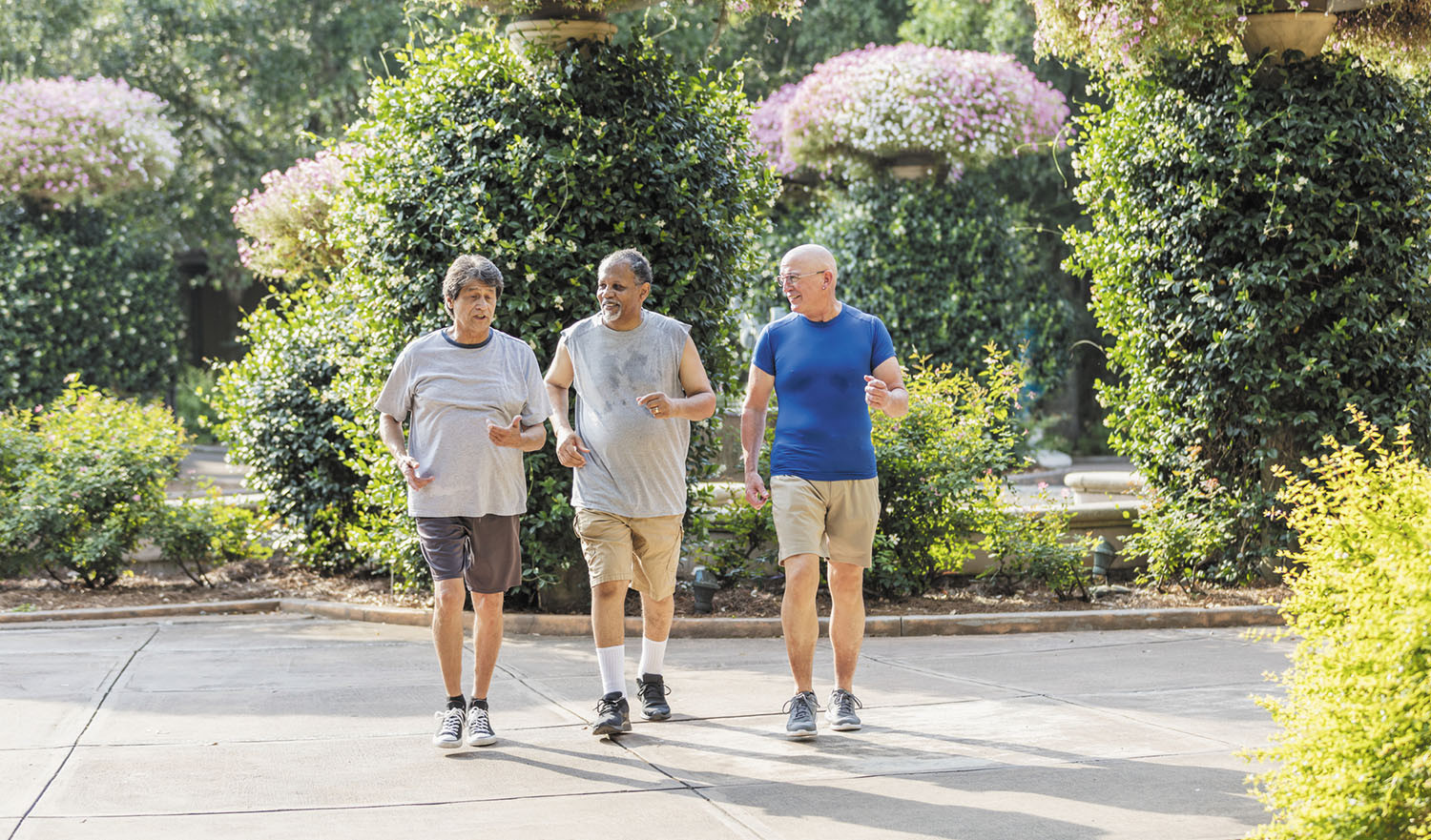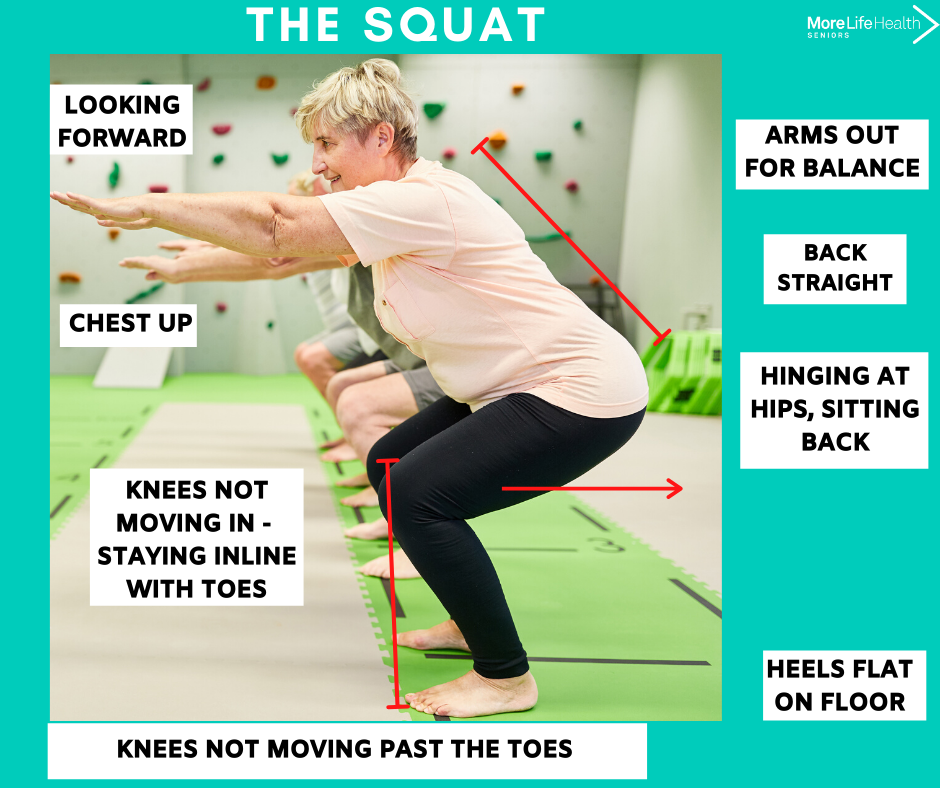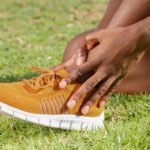Knee Pain Relief Exercises for Middle-Aged Adults

Knee Pain Relief Exercises for Middle-Aged Adults
Knee pain is a prevalent issue among middle-aged adults, often stemming from wear-and-tear, osteoarthritis, injuries, or lifestyle factors. While knee pain can be frustrating, targeted exercises can help alleviate discomfort, improve mobility, and strengthen the muscles surrounding the knee joint. This article provides practical and effective exercises tailored to middle-aged individuals aged 40-55 in the United States.
:max_bytes(150000):strip_icc()/VWH_Illustration_Exercises-for-Knee-Pain_Illustrator_Laura-Porter_Final-07a3f774e19a41afa52249e62daefd79.gif)
Understanding Knee Pain
Knee pain can arise from various causes:
-
Osteoarthritis: A common degenerative condition where cartilage wears down, causing pain and stiffness .6 .14.
-
Injuries: Damage to ligaments (ACL, MCL, PCL) or meniscus tears .2 .14.
-
Lifestyle Factors: Obesity, sedentary habits, or repetitive strain can exacerbate knee pain .5 .7.
Regular exercise can play a vital role in managing knee pain by strengthening muscles, improving joint flexibility, and reducing stress on the knee .6 .7.
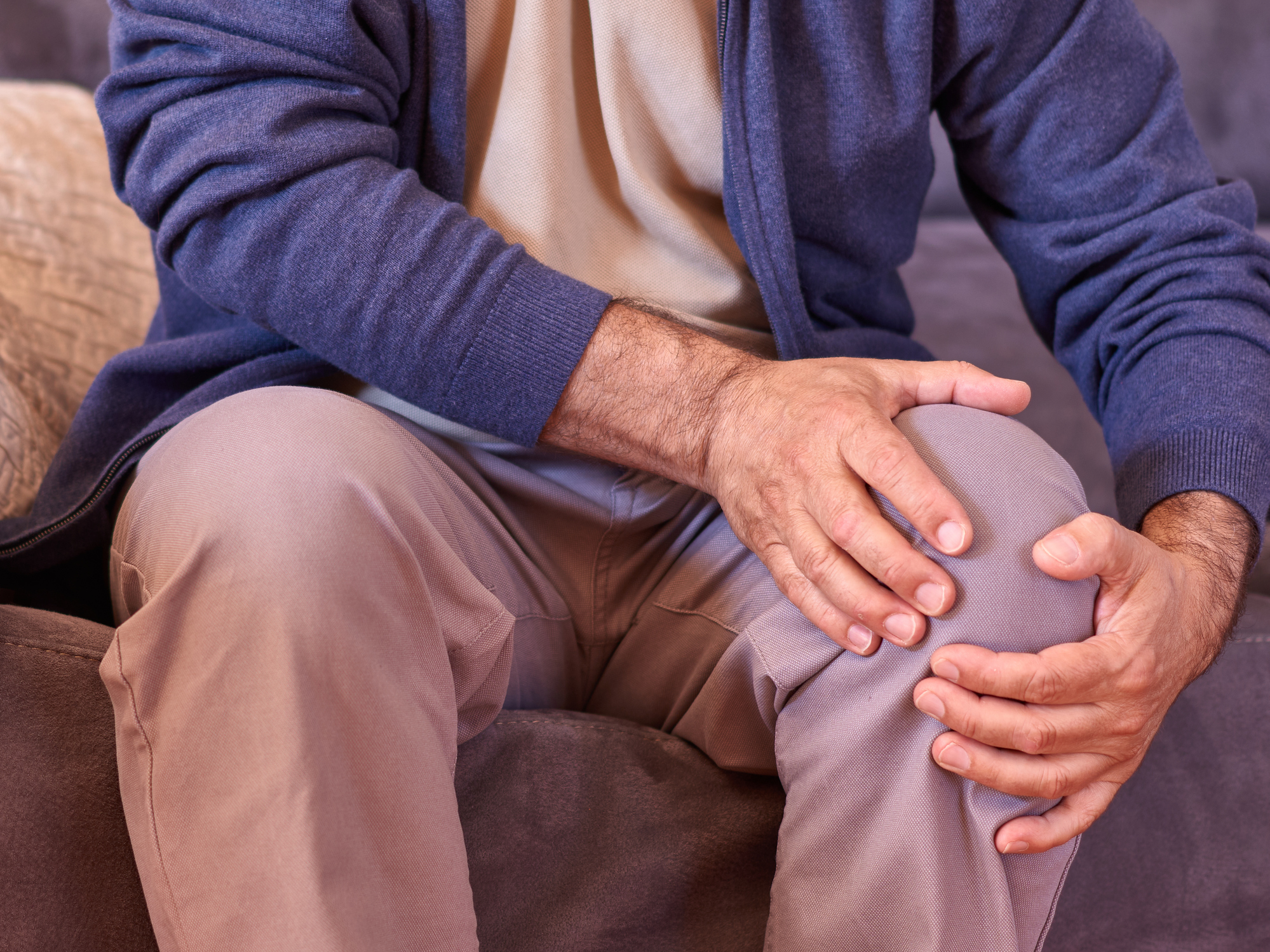
Benefits of Exercise for Knee Pain
Exercise offers numerous benefits for knee health:
-
Strengthens muscles supporting the knee joint.
-
Improves range of motion and flexibility.
-
Enhances blood flow to cartilage for nourishment .6.
-
Reduces weight-bearing stress by promoting weight loss .7.
Low-impact exercises are particularly effective for middle-aged adults as they minimize strain on the joints while providing therapeutic benefits .5 .7.
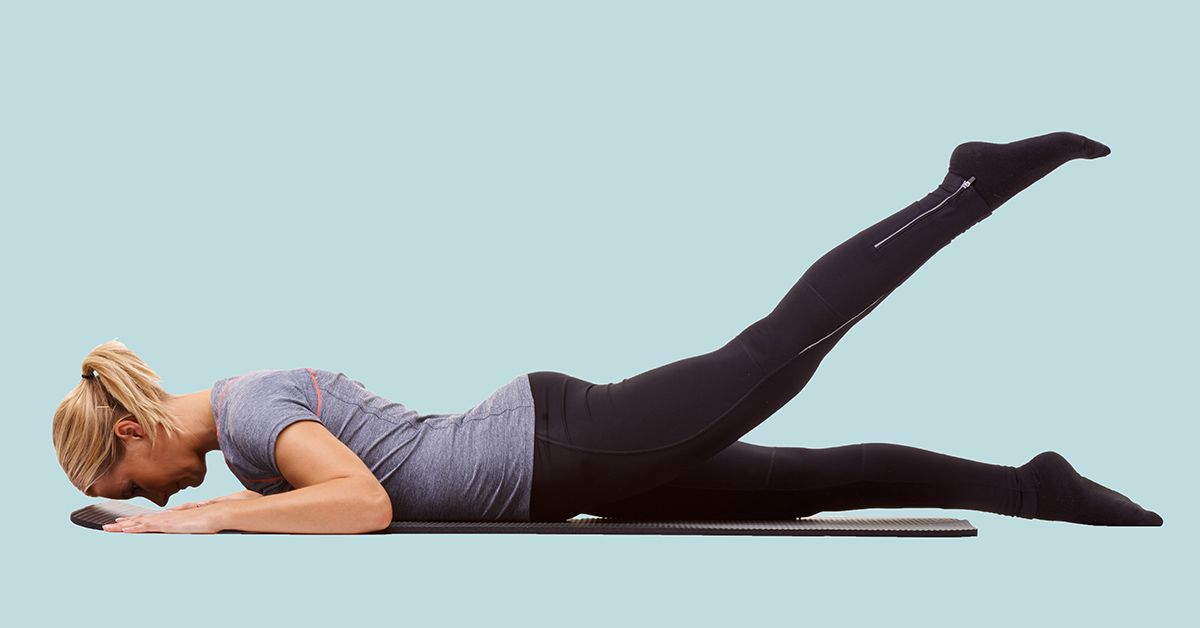
Top Knee Pain Relief Exercises
Below are safe and effective exercises tailored to middle-aged adults. Always consult a healthcare provider before starting any new exercise regimen.

1. Wall Sits
Wall sits strengthen quadriceps, glutes, and small muscle groups around the knees:
-
Stand with your back against a wall and feet hip-width apart.
-
Slide down into a squat position until thighs are parallel to the floor.
-
Hold for 30 seconds or until fatigued .4.
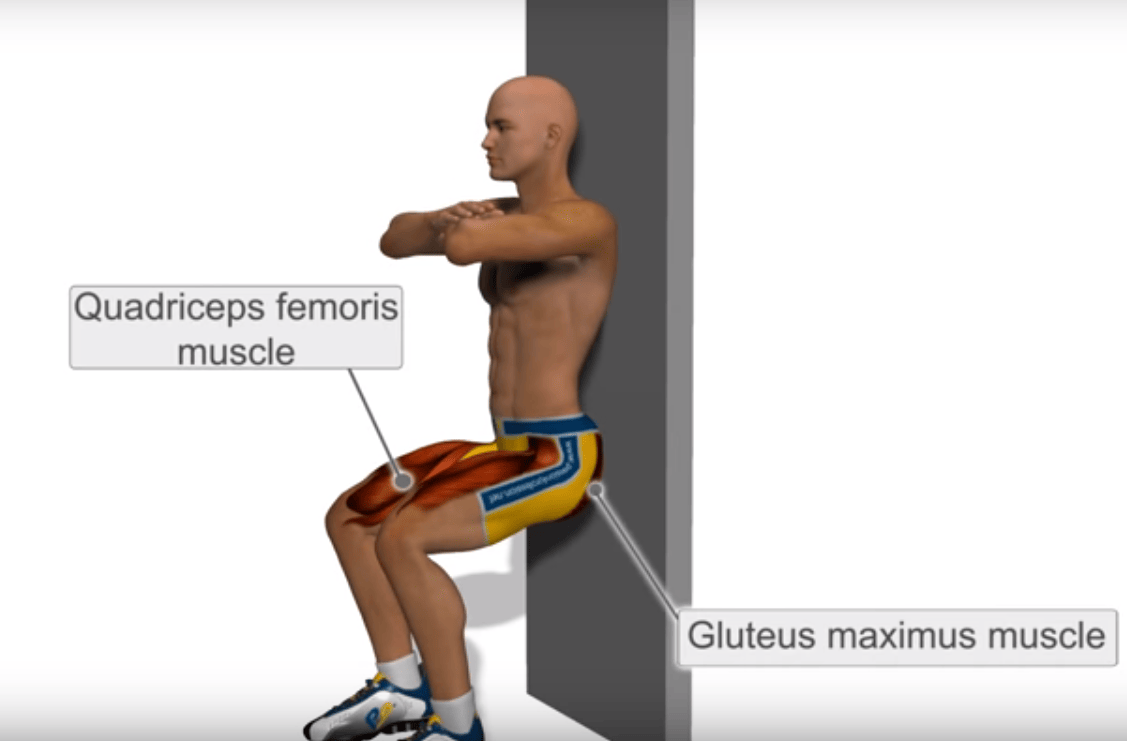
2. Step-Ups
Step-ups improve ligament flexibility and strengthen the knee joint:
-
Use a low platform or stair.
-
Step onto the platform with one foot and slowly lower the other foot back to the ground.
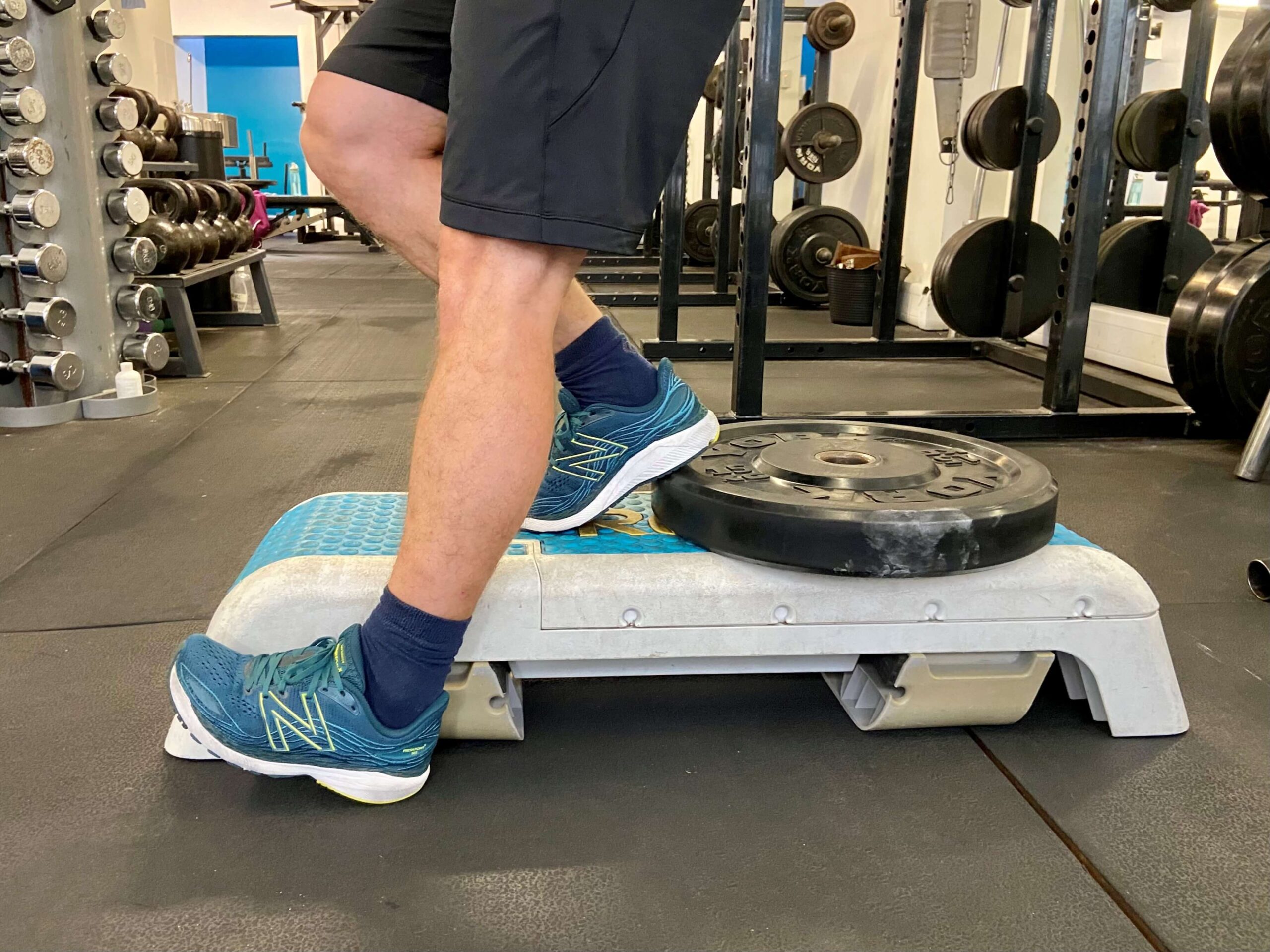
3. Leg Raises
Leg raises target quadriceps without putting pressure on the knees:
-
Lie flat on your back with one leg bent and the other straight.
-
Slowly lift the straight leg to about 12 inches off the ground.
-
Hold for 5 seconds, then lower it back down .15.
4. Knee Squats
This controlled movement strengthens muscles around the knees:
-
Stand holding onto a chair or counter for support.
-
Squat down until your kneecap is directly above your big toe.
-
Hold for 5 seconds and return to standing .15.
5. Cycling
Using an exercise bike is excellent for gentle knee movement:
-
Start with low resistance and gradually increase as your knees feel stronger.
-
Aim for 10-15 minutes daily .15.

6. Tai Chi
Tai Chi combines gentle movements with balance training:
-
Perform slow, controlled motions that engage muscles around the knees.
-
Practice 1-2 times weekly for improved strength and reduced stiffness .12.
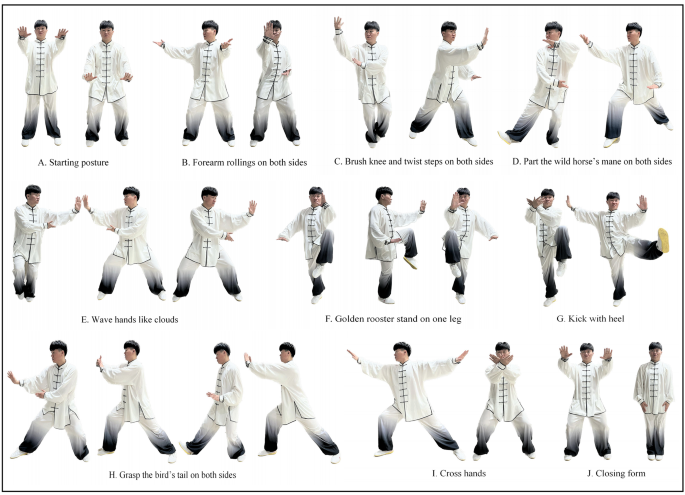
7. Foam Rolling
Foam rolling helps release tension in muscles pulling on the knee joint:
-
Place a foam roller under your thighs and roll gently back and forth.
-
Focus on tight areas for 10-30 seconds per repetition .11.

Lifestyle Tips to Support Knee Health
In addition to exercises, adopting healthy habits can further alleviate knee pain:
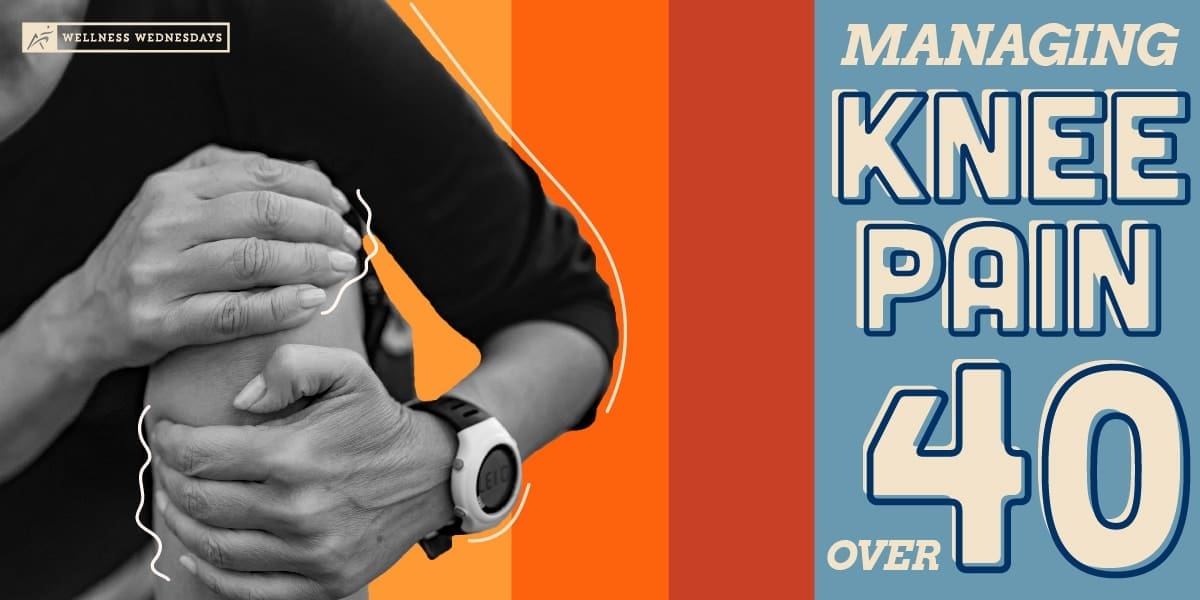
Maintain a Healthy Weight
Excess weight increases stress on the knees, accelerating cartilage wear-and-tear. Even modest weight loss can significantly reduce knee strain .7 .6.

Stay Active
Avoid prolonged rest as it weakens muscles around the joint. Engage in regular low-impact activities like walking or swimming to keep joints flexible .5 .6.
